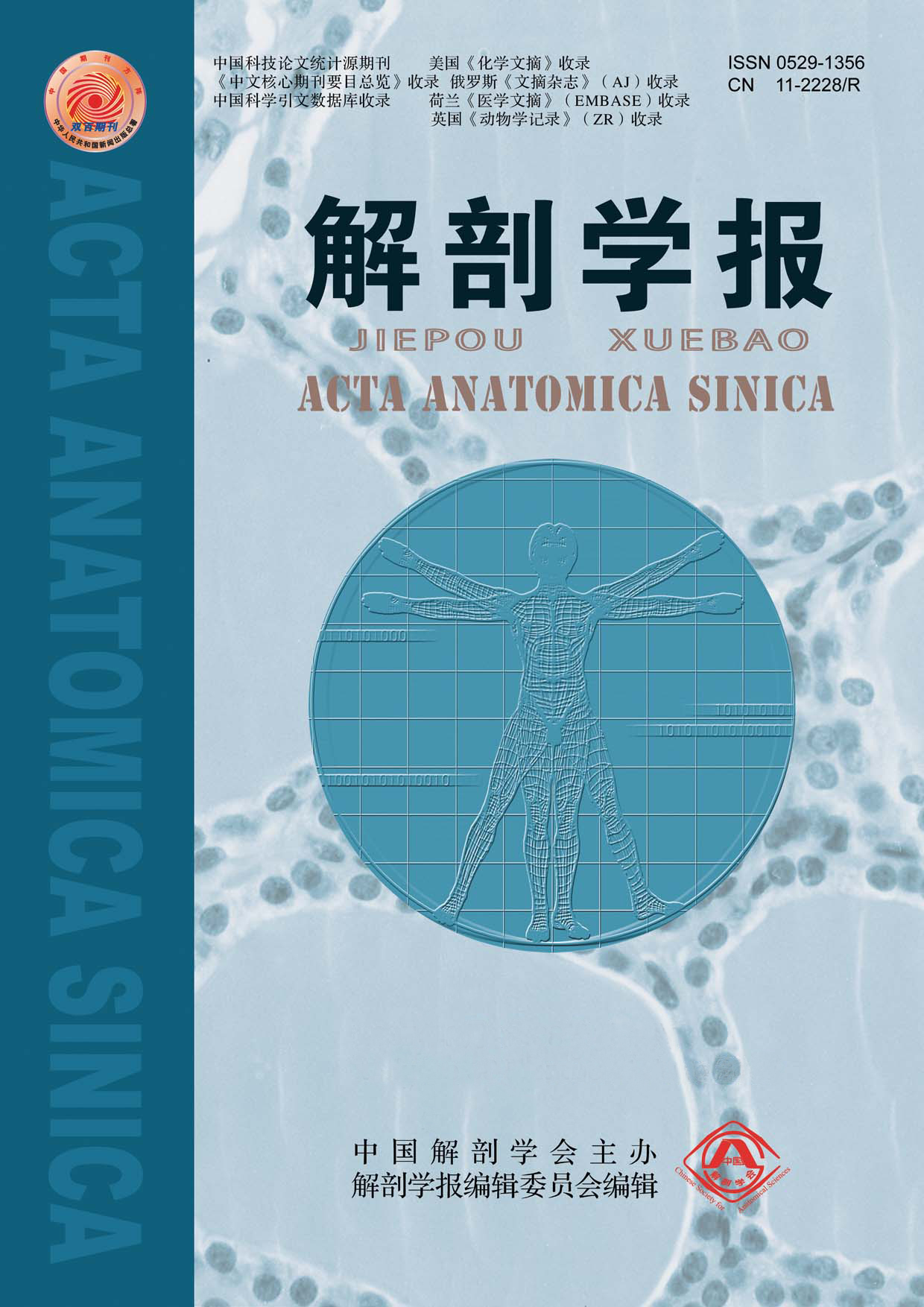Objective To explore the effect of 3D print-based navigation module assisted placement of thoracolumbar pedicle screws. Methods From January 2019 to May 2021, we received 70 thoracic and lumbar fracture patients, divided into 3D technical group and conventional method group according to the surgical method, with 35 patients in each group. In the 3D technology group, pedicle screws were placed under the sight of the navigation module, while in the conventional group, pedicle screws were placed under the conventional C-arm fluoroscopy. The amount of intraoperative bleeding and time of C-arm were counted in each patient. According to the different number of pedicle screw implantation in each patient, the average amount of blood loss, time and C-arm fluoroscopy times of each screw implantation were compared between the two groups. Ideal screw angles were designed for patients in both groups before surgery. Compared with the preoperative design, the difference between preoperative and postoperative screw angle and head angle was calculated and set as the deviation value. Two sets of data were compared. Visual analogue score(VAS), Japanese Orthopaedic Association(JOA) score, Oswestry disability index(ODI), vertebral height recovery ratio and Cobb’s angle were compared between the two groups. Results The amount of blood loss, required time and exposure times of C-arm in 3D screw implantation group were significantly lower than those in conventional screw implantation group(P<0.05); After operation, the deviation of ininclination and head angle in the conventional method group was higher than that in the 3D technique group, and the difference was significant(P<0.05); The VAS, JOA score, ODI, vertebral height recovery ratio and Cobb’s angle were significantly improved compared with the preoperative groups(P<0.05); Three months after surgery, the VAS, JOA score, and ODI were not significantly different between the two groups (P>0.05); In terms of Cobb’s angle and vertebral height recovery ratio, the 3D technique group was better than the conventional method group (P<0.05). Conclusion The 3D printed navigation module can assist the precise placement of thoracolumbar pedicle screws, shorten the operation time, reduce intraoperative bleeding and c-arm exposure times, facilitate the recovery of the injured vertebral height, improve the efficacy.


